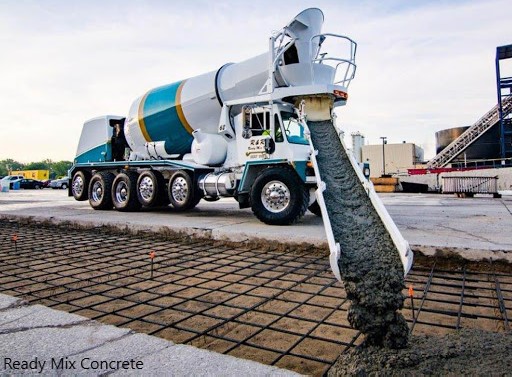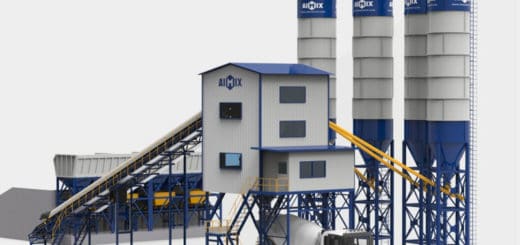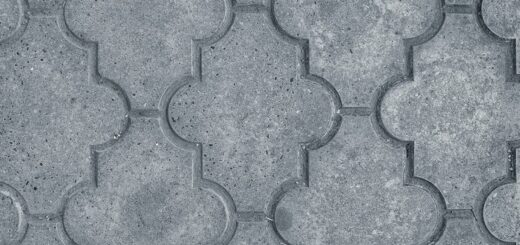Pouring Concrete in Cold Weather | Engineering Art
Civil engineering professionals across the world are continually faced with the challenge of having to work in cold temperatures that can make concrete placement difficult. Pouring concrete in cold weather requires careful planning and execution to be successful and prevent potential issues such as cracking and excessive shrinkage.
In this article, we’ll discuss helpful tips for pouring concrete in cold weather conditions, the processes used to place concrete in the cold, and strategies to ensure the success of your projects.
Why We Need Attention of Concrete Pouring in Cold Weather
One of the most important aspects of successfully pouring concrete in cold weather is temperature control. Concrete needs to be placed at a temperature that is above freezing so that it can properly cure and reach its full strength. If the temperature of the concrete mix gets too cold, it can result in the concrete not curing properly, which can lead to a decrease in strength and durability.
Additionally, cold weather can also cause the concrete to set too quickly, which can result in a number of issues such as cracking and scaling.
Temperature Controls
The most important challenge is to maintain the concrete temperature at an adequate level to complete the hydration process. This challenge comes from three types of temperatures.
- Temperature of Ground
It shall be made sure not to place the concrete on frozen ground or surface. It will significantly influence the hydration process.
- Temperature of Concrete
Concrete temperature is the indicator of heat generation during cement hydration.
According to industrial norms and some guidelines, the placing temperature of the concrete shall not be less than 50C. Further, it is recommended to maintain the concrete temperature after placing it above 50C for at least the first 48 hours to let the concrete develop adequate strength to avoid frost damage which is the formation of micro cracks in the concrete due to the increase in the ice volume.
- Air Temperature
It the common practice to do concrete work when the air temperature is not less than 50C. If we do the concrete pouring below 50C, that shall be done under close monitoring and with expert advice.
How to Handle the Issue
One way to prevent these issues is to use an admixture, which is a material that is added to the concrete mix to change its properties. Admixtures can be used to improve the workability of the concrete, increase its strength, and increase its resistance to freezing and thawing cycles. One common admixture that is used in cold weather concrete is calcium chloride, which can help to prevent the concrete from freezing.
Another important consideration when pouring concrete in cold weather is the use of insulation. Insulating the concrete can help to keep the heat in and prevent the concrete from freezing. There are a number of different types of insulation that can be used, such as blankets, mats, and spray.
How to Modify Concrete Mix
Though pouring concrete in cold weather is challenging, it can be done successfully as the world is developed, and the industry is equipped with the necessary knowledge and experience doing so.
The following modification could be done to the concrete mixture for better performance.
- Since there are some possibilities in the low strength development, we may increase the grade of concrete.
- For quick strength development, accelerator admixture can be used.
- Use of rapid hardening cement
- Cement content can also be increased.
- Use of high range water reducing admixture could increase the setting time.
Other Controls to Manage Concrete Pouring in Cold Weather
In addition to above discussed procedures, there are other methods that can be used to increase concrete temperature and manage the situation in a manner that does not affect the compressive strength of concrete and durability of concrete.
- Hot Mixing Methods
This is a kind of curing method used to increase the temperature of the concrete ingredients. The temperature of the water and the aggregate can be increased by heating. In addition, the injection of steam into the concrete can be done.
- Electrical Curing Methods
Mainly there are three types of concrete curing methods. Passing the electrical current through the concrete, passing high current with low voltage through the reinforcement net, and used use of large electrical blankets to heat the concrete surface can be done.
- Infra-Red Curing
Heating of water or circulating hot water through the concrete would be done.
- Use of Heat Insulations
Insulations could be added to the concrete surface to avoid the concrete surface getting cooled and to avoid the concrete heat transferring to the environment.
Methods to Pour Concrete
There are a few different methods that can be used to pour concrete in cold weather. One common method is to use heated screeds, which are long boards that are used to level and smooth the concrete. Heated screeds can help to prevent the concrete from freezing and can also help to speed up the curing process.
Another method that can be used is to use a heated hose, which can be used to keep the concrete from freezing as it is being transported to the site.
Pouring concrete in cold weather can be a challenge, but with careful planning and execution, it can be done successfully. By using admixtures, insulation, and heated screeds or hoses, you can pour concrete in cold weather conditions and prevent potential issues.




